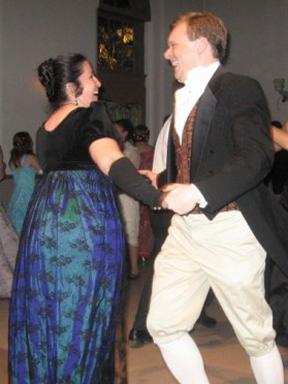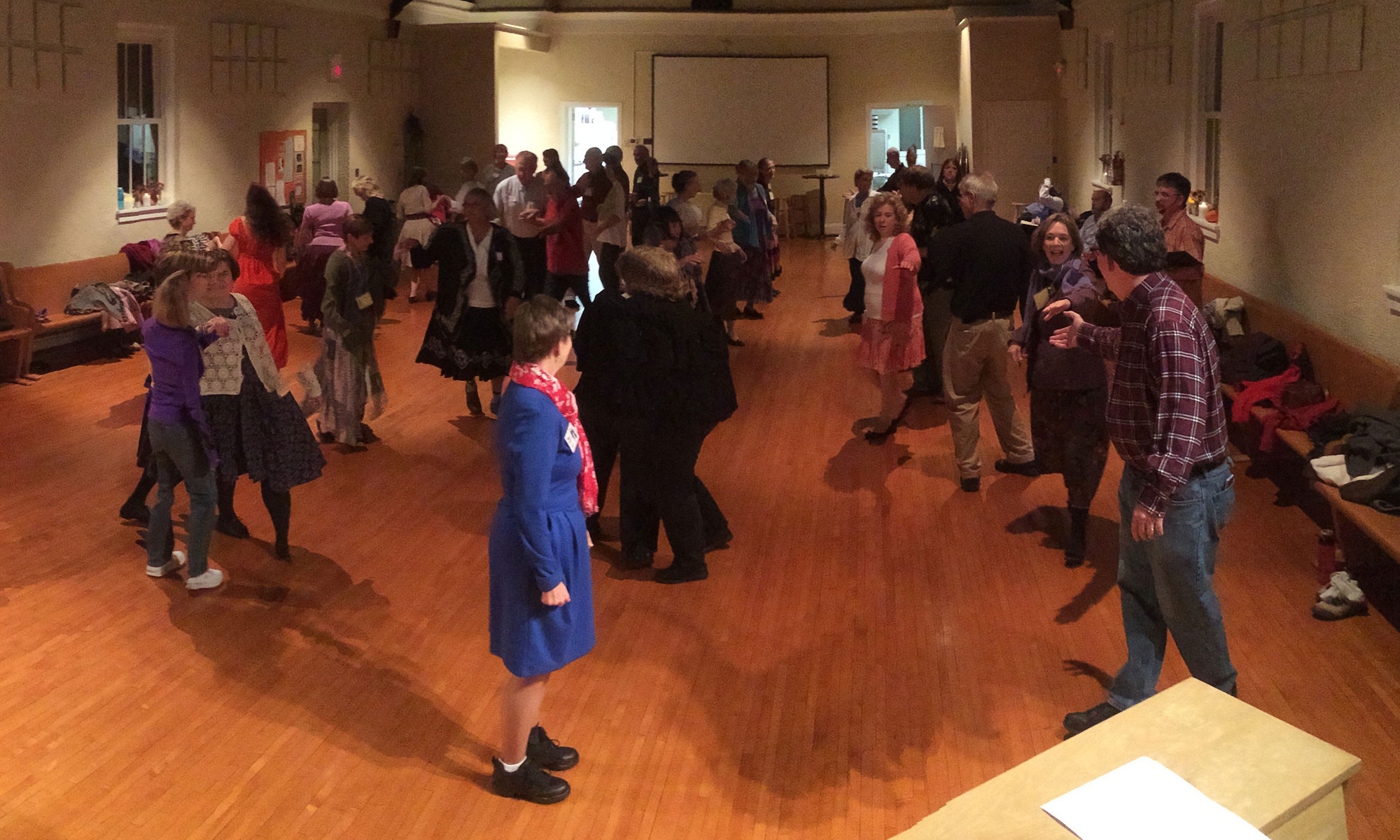 The roots of English Country Dancing date back hundreds of years, possibly as far as the 13th century. Accounts of dances similar to those performed today appear as early as the reign of King Henry VIII (1509-1547), and their popularity spread when they attracted the interest of Queen Elizabeth I in 1591.
The roots of English Country Dancing date back hundreds of years, possibly as far as the 13th century. Accounts of dances similar to those performed today appear as early as the reign of King Henry VIII (1509-1547), and their popularity spread when they attracted the interest of Queen Elizabeth I in 1591.
The first instruction manual for English Country Dancing was The English Dancing Master: or Plaine and easie Rules for the Dancing of Country Dances, with the Tune to each Dance, published by John Playford in 1651. Playford probably did not write any of the dances himself; it is believed that he merely collected dances that had been popular for years. The book was so successful that it was re-published in more than 18 editions until 1727, long after Playford’s death. Additional dance manuals by other publishers began appearing from about 1718 on.
The popularity of English Country Dance reached its peak in the late 18th century, when they became commonplace among both the aristocracy and the emerging middle class. Fans of Jane Austen may recognize many of the dances as those described in her letters and novels. By the early 19th century, however, English Country was quickly replaced by radical new couple dances such as the waltz and the polka.
Interest in English Country Dancing was revived during the industrial revolution, driven largely by the efforts of music teacher and composer Cecil Sharp (1859-1924). While many English Country Dances owe their modern popularity to Cecil Sharp’s work, some dances and steps were misinterpreted or intentionally altered from their original form. New steps (dolphin hey, double hey) and versions of some steps invented by Sharp, notably siding, are popular today in addition to the traditional forms.
The revival begun by Sharp continues to this day, and has gained additional momentum in recent decades. New dances are being written by our contemporaries and musical influences are changing. It is “traditional” to use familiar tunes and play them on available instruments. English Country Dance groups can be found throughout England, America, and Europe.
